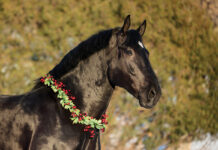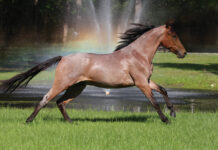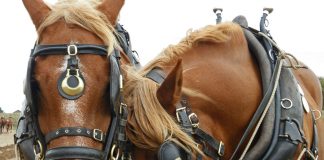Among the most popular breeds, the American Paint Horse continues to grow in popularity. Versatile in abilities and in coat colors and patterns, it is clear more why the Paint has become a favorite among equestrians. Learn more about the foundation of this breed and its common characteristics.
American Paint Horse History
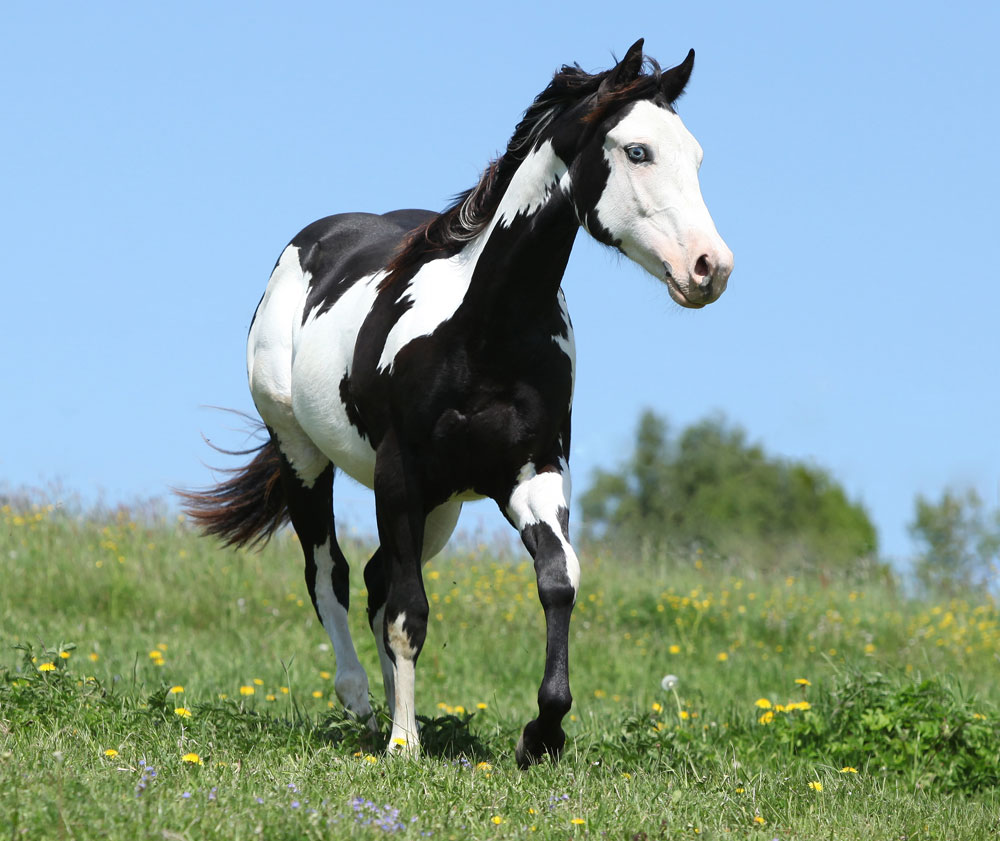
A favorite among Native Americans, the loud-colored Paint Horses were particularly well-liked by the Comanche Indian tribe. Evidence of this is found in drawings painted on buffalo robes.
Throughout the 1800s and into the late 1900s these painted horses were called pinto, paint, skewbald and piebald. In the early 1960s, interest grew in preserving and promoting horses with paint coloring and stock horse builds. In 1965 the American Paint Horse Association (APHA) formed, and today, the breed is extremely popular in traditional western events as well as a variety of other riding disciplines.
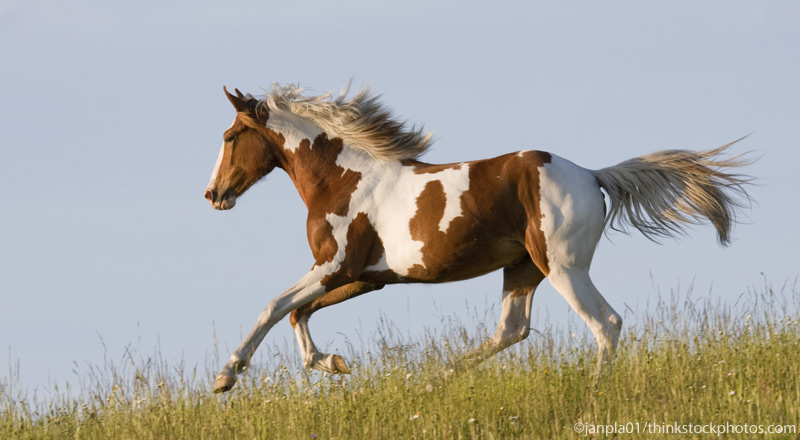
Breed Characteristics
American Paint Horses sport a combination of white and any other color of the equine spectrum: black, bay, brown, chestnut, dun, grullo, sorrel, palomino, buckskin, gray or roan.
Markings come in any shape or size and can be located anywhere on the horse’s body. The variety of colors and markings appear in three specific coat patterns: overo, tobiano and tovero. These horses average 14.2 to 16.2 hands high.
For More Information
- The American Paint Horse Association, www.apha.com
Further Reading:
This article first appeared with Horse Illustrated magazine in 2006. Click here to subscribe!

